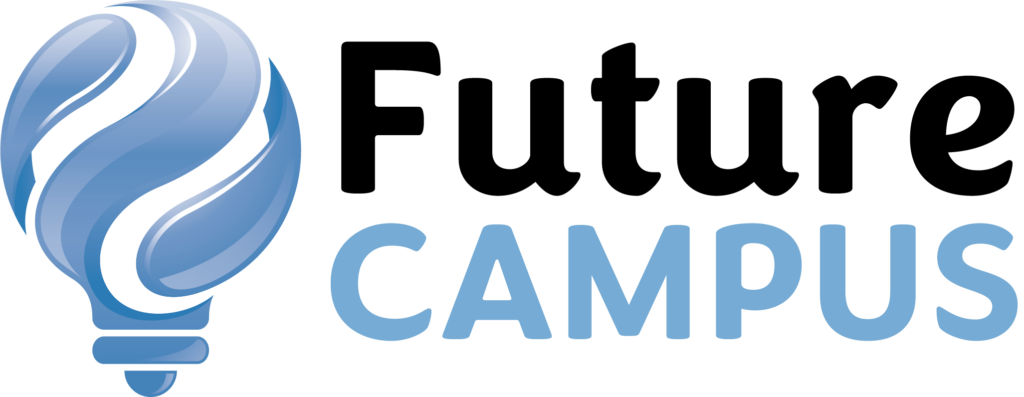Dear Higher Education Colleagues,
How are you? Grappling with the end of year pile on? Wondering when the opportunity to innovate might arrive? Feeling overcooked? Crawling to the finish line with promises of sleep and time to read? Seeking a deeper experience of harmony beyond the Christmas jingles at Safeway? You are not alone.
Teaching is the core business of universities. Student revenue accounts for a significant proportion of university revenue, and as such, accountability for teaching is under the microscope (Kelchen 2018) including, no doubt, in the 2024 Accord.
According to research by Cecilia Chan and Siaw Chen, teaching excellence is defined by the five dimensions of impact, innovation, inclusivity, scholarship of teaching and learning, and student-centredness, across six aspects of teaching including pedagogy, curriculum planning and design, assessment, student support, service to communities and professional development (Chan & Chen, 2023).
For success across these dimensions, we might do well to draw on the wisdom of Eastern cultures, creating space for balance and harmony in our lives – and what better time to recalibrate than the summer holiday break.
Those of us doing the above-mentioned teaching, and striving for excellence, sit within a complex system, itself struggling to find balance. Higher education workplace stress is an increasing concern (Lee et al., 2022) with influencing factors including balancing workload and insecure tenure (Lee et a., 2022). Mystical workload hours may or may not reflect the time needed for teaching excellence – specifically time for innovation which also threads through scholarship of teaching and learning, curriculum planning and design (not just delivery), assessment innovation (not just marking), service to communities and professional development. Setting aside the much-maligned workload discussion, let’s tune into innovation for teaching excellence and its relationship with harmony, balance and wellbeing.
Wellbeing is multidimensional and involves feeling good, functioning well (Huppert & So, 2013), and doing good. This multidimensionality is captured in various useful measures, including among them the updated European Social Survey (ESS) analysing wellbeing for 21 countries, involving about 40,000 people and measuring multidimensional psychological wellbeing (MPWB) (Ruggeri et al., 2020). Among items measured are emotional stability, positive emotions, vitality, positive relationships.
Another useful illustration of the multi-dimensional nature of wellbeing, pertinent to the Australian context, is the Indigenous Social and Emotional wellbeing framework (Gee et al., 2014). This model identifies connection to body, connection to mind and emotions, connection to family and kinship, connection to community, connection to culture, and connection to country, connection to spirit, spirituality, and ancestors. Experiences and expressions of connection and wellbeing, acknowledge historical, social and political context. The complexity and interconnection, also speaking to balance and harmony within and between self, others and the world, as being fundamental to wellbeing.
The Global Wellbeing Initiative (partnership between Gallup and the Japan-based Wellbeing for Planet Earth foundation) recently reviewed and updated Gallup World Poll wellbeing measures to reflect more global ideas and values about wellbeing (extending beyond ‘WEIRD’ perspectives – Western, Educated, Industrialised, Rich, and Democratic). This review resulted in the inclusion of balance and harmony, for a more inclusive and comprehensive picture of wellbeing (Lomas et al., 2022).
Balance constituted a phenomenon in ‘equilibrium, often with an implication of stability, evenness, and poise’ (Lomas et al., 2022, p.4), often applicable to binary phenomena. Whereas harmony was conceived as subtly distinct from balance – where the ‘forces acting cohere and complement one another’ (Lomas et al., 2022, p.4), are positively appraised and positively valanced. Together balance and harmony can be associated with subjective cognitive evaluations of low arousal positive life evaluations, and gently positive emotional states like peace and calm.
Balance and harmony occur alongside experiences of emotional stability, positive emotions, vitality, positive relationships, and connection to our world. Balance, harmony, and rhythm in the workplace are critical for effective teams, team learning, and innovation (Harvey et al., 2023). Rhythm in life, ebb and flow, gives opportunity for high energy and effort, rest and rejuvenation, and gentle creativity. Balance and harmony is foundational for the wellbeing of individuals and teams.
With balance and harmony we experience positive emotions which enable us to open ourselves neurologically (Fredrickson, 2013) to creativity. Creativity, openness, and curiosity, also invite new learnings, awareness of new perspectives, vision beyond the silos and myopic tendencies of the day-to-day frenzy. Rhythm, balance and harmony open the door of possibility to innovation.
So, as we flop over the finish line, you may consider how best to find balance and harmony for you in your world – it’ll be different for each of us. For me it’s not quietly working through the unfinished to do list, it’ll be intentionally planning for, communicating about, and actioning meaningful connection (Oades et al. 2021) with family, friends, and the beautiful natural world we live in. You might catch me on the boogie board, in a downward dog, eating pastries at Honorbread, reading something mundane or something fabulous, or moving slowly through the day… finding my equilibrium.
Hoping you too, dear colleagues, can experience balance and harmony this summer, in whatever ways work for you. See you again in 2024 – ready to innovate!
Warmest regards,
Dr Jacqui
References:
Chan & Chen, 2023
Fredrickson, B. L. (2013). Positive emotions broaden and build. In Advances in experimental social psychology (Vol. 47, pp. 1-53). Academic Press. https://doi.org/10.1016/B978-0-12-407236-7.00001-2
Gee, G., Dudgeon, P., Schultz, C., Hart, A., & Kelly, K. (2014). Aboriginal and Torres Strait Islander social and emotional wellbeing. Working together: Aboriginal and Torres Strait Islander mental health and wellbeing principles and practice, 2, 55-68.
Harvey, J. F., Cromwell, J. R., Johnson, K. J., & Edmondson, A. C. (2023). The Dynamics of Team Learning: Harmony and Rhythm in Teamwork Arrangements for Innovation. Administrative Science Quarterly, 00018392231166635.
Huppert, F. A., & So, T. T. (2013). Flourishing Across Europe: Application of a New Conceptual Framework for Defining Well-Being. Social indicators research, 110(3), 837–861. https://doi.org/10.1007/s11205-011-9966-7
Kelchen, R. 2018. Higher Education Accountability. John Hopkins University Press, Baltimore
Lee, M., Coutts, R., Fielden, J., Hutchinson, M., Lakeman, R., Mathisen, B., Nasrawi, D., & Phillips, N. (2022). Occupational stress in University academics in Australia and New Zealand. Journal of Higher Education Policy and Management, 44(1), 57-71. Advance online publication. https://doi.org/10.1080/1360080X.2021.1934246
Lomas, T., Ishikawa, Y., Diego-Rosell, P., Daly, J., English, C., Harter, J., … & Lai, A. Y. (2022). Balance and harmony in the Gallup World Poll: The development of the Global Wellbeing Initiative module. International Journal of Wellbeing, 12(4). https://doi.org/10.5502/ijw.v12i4.2655
Oades, L. G., Jarden, A., Hou, H., Ozturk, C., Williams, P., R. Slemp, G., & Huang, L. (2021). Wellbeing literacy: A capability model for wellbeing science and practice. International journal of environmental research and public health, 18(2), 719.
Ruggeri, K., Garcia-Garzon, E., Maguire, Á., Matz, S., & Huppert, F. A. (2020). Well-being is more than happiness and life satisfaction: a multidimensional analysis of 21 countries. Health and quality of life outcomes, 18(1), 192. https://doi.org/10.1186/s12955-020-01423-y

